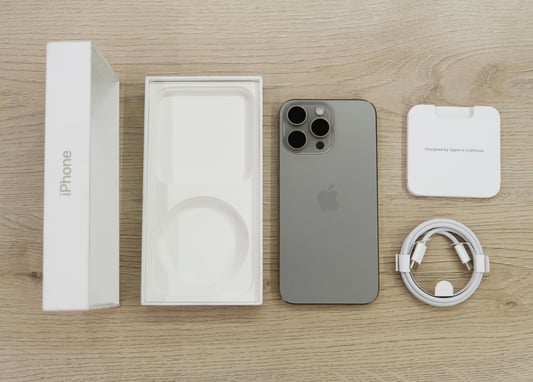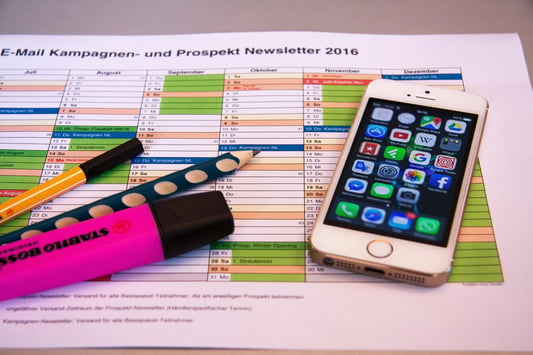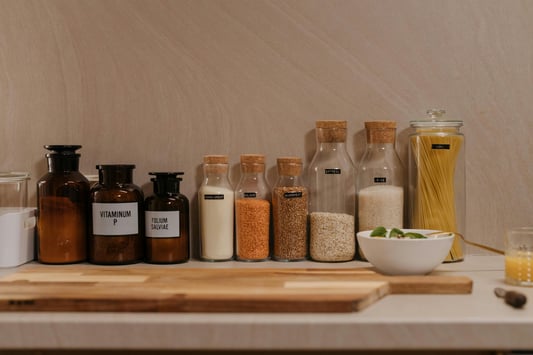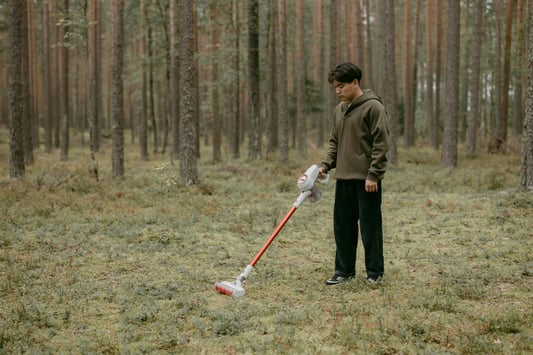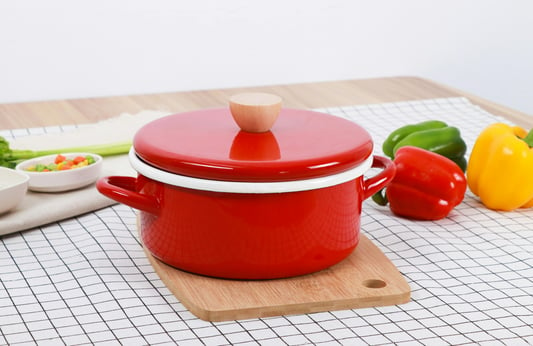The Importance of Inspecting a Nebulizer MachineA nebulizer is a medical device that is used to deliver medication directly into the lungs of patients with respiratory issues. Keeping a nebulizer in good operating condition is crucial for ensuring effective treatment. It is recommended that nebulizers are inspected on a regular basis to ensure that they are working correctly, and to identify any potential issues that could compromise their effectiveness.What to Look for During a nebulizer machine inspectionDuring an inspection, there are several key areas to check to ensure that the nebulizer is operating correctly. These include:The compressor: This should be checked for dust, dirt, or any other foreign objects that may have accumulated on it. It’s important to ensure that the compressor’s air filter is clean and hasn’t been clogged with debris.The tubing: All tubing between the nebulizer and the compressor should be checked to ensure that it is free from kinks or cracks. Any damage to the tubing can cause leaks or blockages, which can compromise the effectiveness of the treatment.The medication cup: It’s important to check that the medication cup and the mask or mouthpiece are clean and free from any build-up of medication or other materials that could interfere with the functioning of the nebulizer.The Frequency of Nebulizer Machine InspectionsHow often you need to inspect your nebulizer will depend on several factors, including the frequency of use and the environment it is used in. Generally speaking, it is recommended that nebulizers undergo regular inspections every 6 months to a year.The Importance of Proper MaintenanceRegular maintenance is key to keeping your nebulizer in good working order and ensuring that it is delivering medication effectively. As part of your nebulizer’s regular maintenance, you should also replace any worn or damaged parts as needed.The Risks of Failing to Inspect Your Nebulizer MachineFailure to inspect your nebulizer machine can lead to several risks. If the machine is not functioning properly, it may not deliver the needed amount of medication to the patient’s lungs. This can lead to reduced effectiveness of the medication, which may cause the patient’s condition to worsen. Additionally, a malfunctioning nebulizer machine can also increase the risk of infection.The Benefits of Regular InspectionsRegular inspections ensure that your nebulizer is delivering medication effectively, which can lead to better treatment outcomes for patients. It can also help extend the life of the nebulizer by catching any issues early before they become more serious.How to Perform a Nebulizer Machine InspectionIf you’re not sure how to inspect your nebulizer machine, it’s recommended that you seek the assistance of a healthcare professional who can guide you through the process.Common Problems Uncovered During InspectionDuring an inspection, common problems that may be uncovered include:Broken or frayed tubingA dirty or clogged compressor air filterA broken compressor motorA stuck valveA cracked medication cupWhen to Replace Your Nebulizer MachineIf you’ve inspected your nebulizer and find that it cannot be repaired, or if it is very old and not functioning as it should, it may be time to replace it. Be sure to dispose of your old nebulizer in accordance with local regulations.ConclusionRegular nebulizer machine inspections are crucial for ensuring effective treatment for respiratory illnesses. They can help catch problems early and ensure that your nebulizer is operating effectively. If you’re not sure how to inspect your nebulizer, be sure to seek out the help of a healthcare professional for guidance.Quote InquiryContact us!



